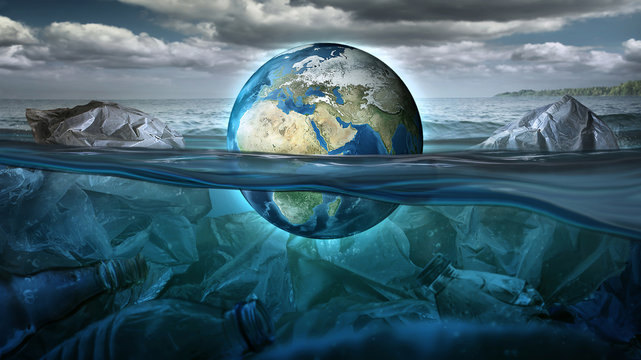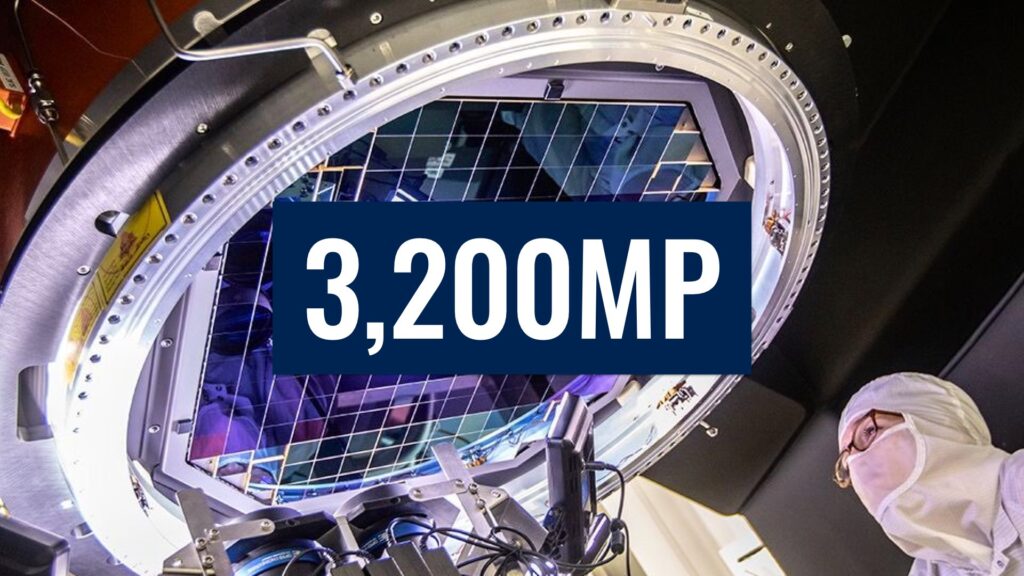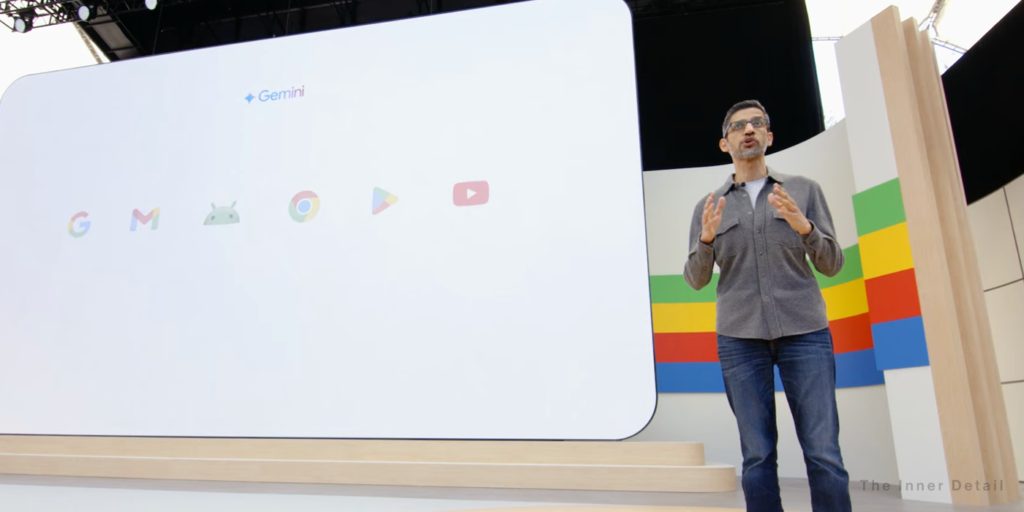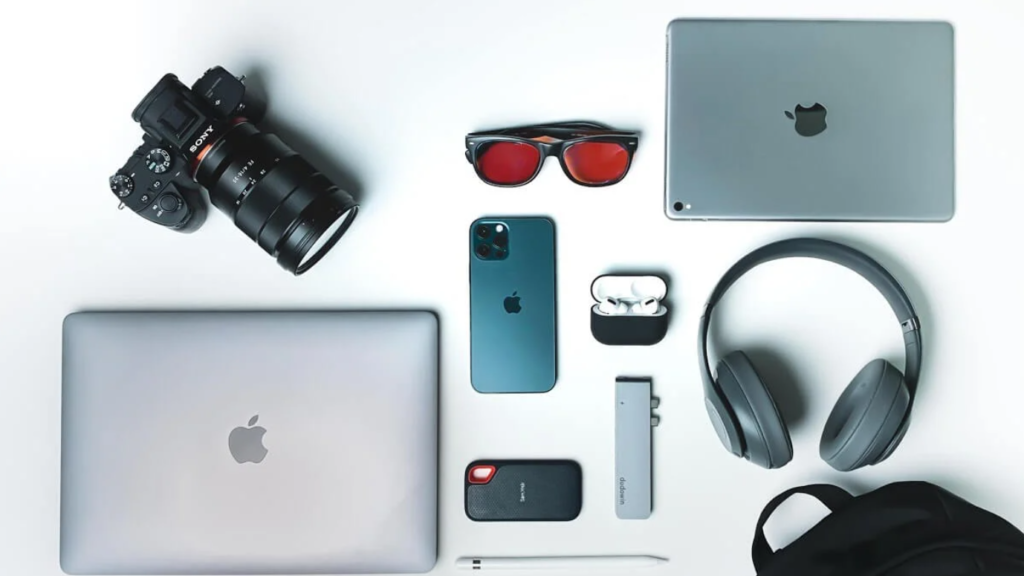If you had looked up for the best & latest technological changes in the world, this page isn’t for that, but THIS is!
While this page depicts the big-plans with simple innovative thinking, that holds the capability of bringing about a change in environmental world, ultimately aiming to combat climate-change, the huge headache of the decade, after the pandemic.
3 Innovations that could Change the World
Wonderfil
The stack of single-use plastic packages/bottles we buy our shampoo, soap, condiments and other liquid and cream products in, has a millennial nuisance in the world. While 500 billion plastic bags are used worldwide, nearly 190 million tons of single-use plastics are being left away in a year, not recycled and posing a serious threat to land and earth.
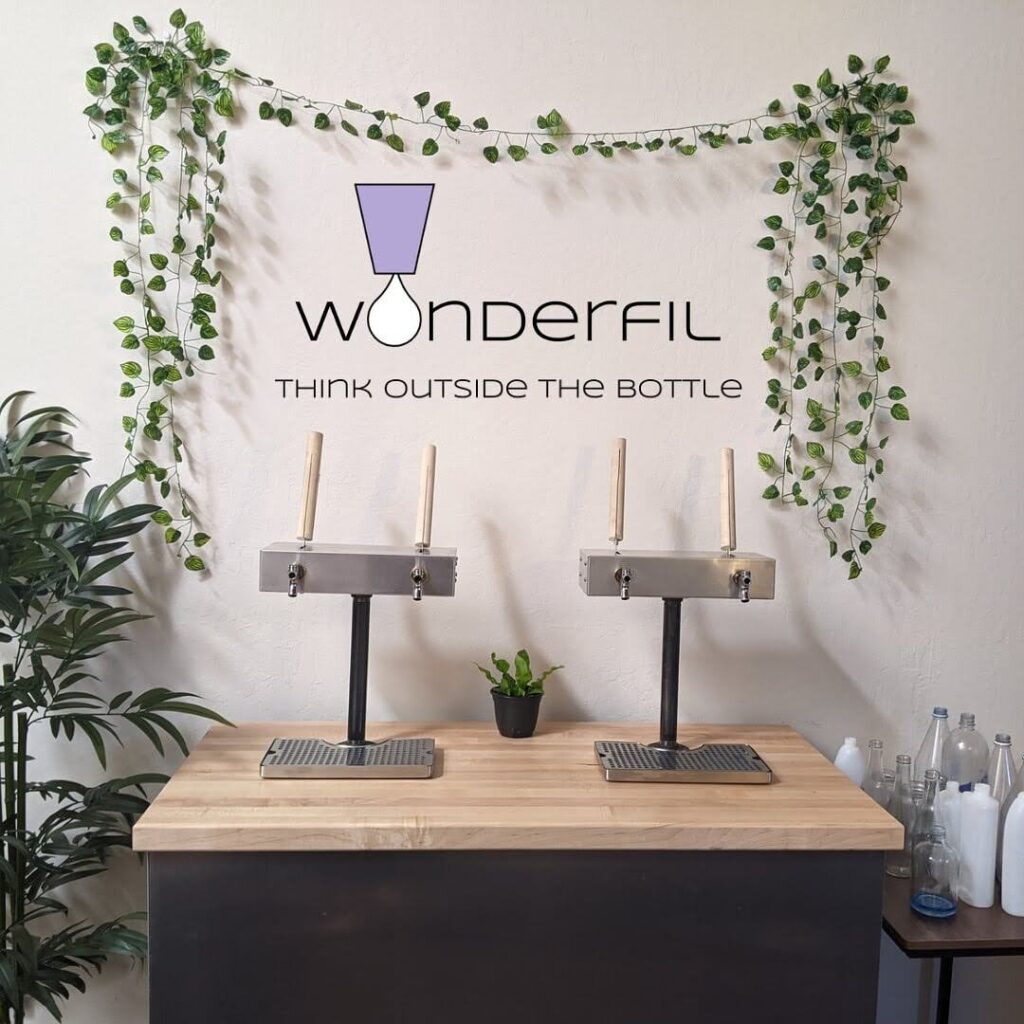
Wonderfil approaches this via its smart refill stations for liquid and cream products, that are easy to install and highly scalable. With refill stations widely available that enables to restore the used items, again in the bottle, just as water-bottles, dilutes the use of single-use plastics. Refilling products / liquids also enables people to cut their costs considerably, Wonderfil claims.
The aim is that leading brands will be drawn into providing their products at bulk dispensaries where people can pay and top them up as and when required, instead of buying a totally new product and wasting further plastic.
They are also creating online resources that serve to educate people on the impacts of plastic pollution.
The technology will be trialled at the University of California this summer and could lead to a wider rollout if successful.
Likely / Exactly resembling the concept of this, a 23yr-old London woman launched a startup which aims for zero-waste, with a business idea of providing the refill of handful of kitchen & household items from grains, pulses to shampoo and so on, to doorsteps of customers. Read more here!
Tekntrash
TeknTrash is a start-up created with the objective of gaining a bigger picture of what we’re recycling and where it goes. Their first project re-incentivises recycling by offering rewards via the platform Stipra – we’ve tested it and found it to be really easy.
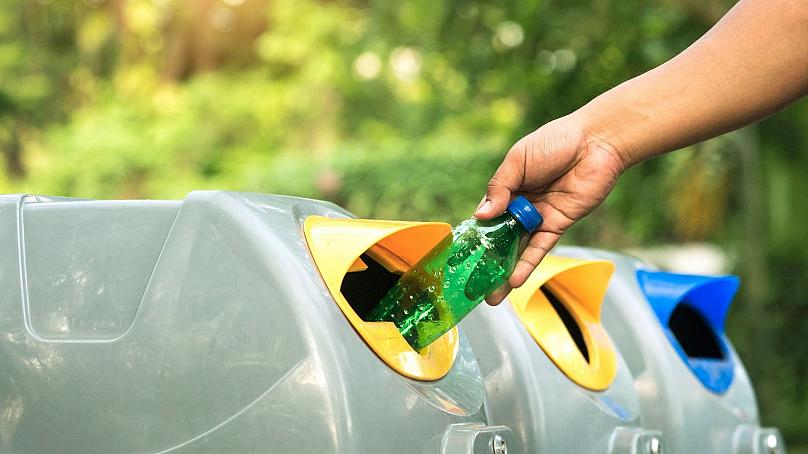
Users can take video evidence of recycling certain products and redeem points in the form of trips, gifts and promotions. The key is to ensure you’re putting the right things in the right places, depending on the recycling services your area offers. TeknTrash’s next step is to look into how they can make these points exchangeable for real money.
You heard that correctly – you could be getting paid to recycle in the future.
Improper recycling harms the planet more than you might realise, it generates methane gas, which is 80 times more potent than CO2.
The eligible products for disposal are things you likely already own. Disposing of a bottle of Listerine mouthwash in the correct plastics bin can get you 200 points, while a used box of cold medication Lemsip Max can earn you a further 300.
TeknTrash collects this information to assist companies in advancing consumer waste practices and producing better product lifespans. It’s a fascinating framework of rewarding people for something they might be doing daily for free.
The start-up is in the process of a fresh round of crowdfunding, which can be found here.
Seabin
Two Australian surfers have designed an automated rubbish bin that literally sucks pollution out of the water at marinas and ports. This low-cost and low-maintenance solution could help keep marine litter under control.
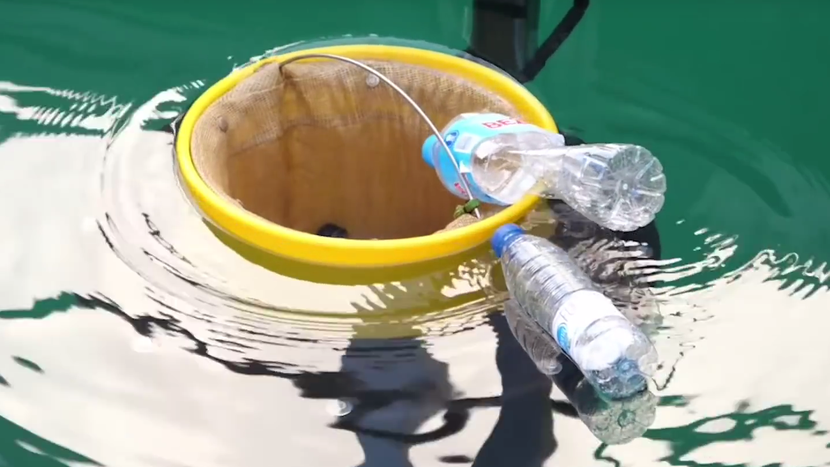
Marine litter is a plague in most marinas and ports. Those who spend a lot of time in water know about the conspicuous plastic objects that float around because they were not properly discarded. This litter is not only visually unappealing, but it is a real environmental problem and a threat to marine wildlife. The European Environmental Agency estimates that 36 percent of seabird species ingest marine litter.
The Seabin could help intercept marine litter before it harms wildlife or enters the foodchain. The device consists of a large bucket connected to a water pump.The water pumps sucks water into the bucket, along with plastic and other pollution. As the water makes its way down the bucket, solid objects in the water are trapped in the net that lines the bucket. The water is sucked into the water pump, in which any oil is separated. The clean, unpolluted water is then released back to the sea through another tube.
According to the designers, fish are not harmed by Seabin as only objects on the surface are sucked in. An ongoing study will determine whether the buckets have any negative impacts on microscopic sealife.
